In 1993, a constitutional crisis in Russia led to troops storming the Russian parliament building and a new constitution that strengthened Boris Yeltsin’s hold on power. Jeff Hawn argues that prior to the crisis, Russia was on course to becoming a genuine democratic state.
The last decade of the 20th century in many ways laid the path for the century to come. The United States waged war in Kuwait against Iraq, international terrorism grew in prominence with the bombing of the USS Cole and the American Embassy in Kenya, the USSR collapsed and in 1999 Russia elected Vladimir Putin.
A little over two decades later, Putin would wage an illegal war against sovereign Ukraine. There has been much debate over the root cause of the war, with much interest in the expansion of NATO. Yet in examining the dynamics of the USSR’s fall and Russia’s rise, we can begin to see that the course of events that led us here was not inevitable, and moreover that much of the discussion has been focused on the wrong series of events.
The real question one must ask when looking at modern Russia is why did it fail to become a democracy after the collapse of the Warsaw Pact and the USSR? This in turn begs the question: did Russia have the desire and ability to become a democracy?
A budding democratic state
After four years of research and the review of 80,000 plus pages of material from the Russian State Archive, Yeltsin Centre, Hoover Institute and National Security Archive, I can make a strong case that the evidence supports clear answers to these questions.
Did Russia have the desire and ability to become a democracy? It certainly did. In March 1989, Mikhail Gorbachev’s democratic reforms saw the first competitive elections in the USSR, with voters electing members of a new parliamentary body, the Congress of People’s Deputies of the Soviet Union. Although the elections featured non-Communist Party candidates for the first time, the Communist Party nevertheless kept its thumb on the scale by reserving seats for various loyal interest groups.
This was followed by elections in March 1990 for the Congress of People’s Deputies of Russia. These elections were far cleaner and more competitive than the previous contest, and those who felt genuine opposition to the USSR, including Russian nationalist and self-described liberals, were able to stand.
Of the 1,068 seats available, only 33 districts had a single candidate, over 300 had more than 4, and 24 districts saw races between 20 or more candidates. Deputies were elected in a run-off system where if no candidate received 51% of the total vote, the two highest scoring candidates would face each other. This system was far more democratic than first past the post as it ensured candidates required a genuine majority rather than a simple plurality of votes.
The Congress of People’s Deputies
Boris Yeltsin would later tell his German counterpart that the Congress was comprised of “neo-fascists”, that “here was no democratic leader except himself, but only figures who were clearly against democracy, reform, and the liberal economy”, and say the Congress was a nest of the Communist Party of the Soviet Union. Yet this characterisation does not match the historical record.
The Congress designed by the unrepentant Leninist Gorbachev was an organisational mess. Built along Lenin’s theories of consensus, the 1,068 deputies who were meant to elect a Chairman and a Supreme Soviet (Council) of 252 members divided into two chambers, one representing Russia’s single member constituencies and one representing its 18 autonomous regions. The result was chaos, where factions rapidly formed but there was no means by which they could enforce discipline. Only the Chairman could whip votes, but his ability to do so was marginal.
In terms of composition, 87% of members of the Congress were from the Communist Party, a statistic often cited by its detractors. Yet this is misleading because membership of the Communist Party of the Soviet Union was practically a requirement for promotion or advancement in any sector of USSR life. Within a year, factions ranging from Social Democrats to Christian Republicans and Communists for Democracy had formed. There were few genuine communist members in the Congress.
Despite the many challenges facing them, members of the Congress did behave democratically. They worked to expand the sovereignty of Russia within the USSR and build institutional democratic norms. The Congress was transparent in its business, and democratic in its function. It elected Boris Yeltsin as its Chair despite open opposition from the Communist Party of the Soviet Union, established a constitutional commission to create a constitution for a new democratic state, and still found time to address numerous constituency issues ranging from food shortages to inadequate medical care.
Building democracy
As Ruslan Khasbulatov, who would succeed Yeltsin as Chair in 1991, said to the 5th Congress, “In routine parliamentary work, we sometimes do not realise how heavy the burden of a truly functioning Russian parliament is. Apparently, more than one generation of deputies will have to work in the difficult but grateful field of building a democratic state, returning the Russian Federation to the family of world civilisation with minimal losses for national feeling and pride in our poor and yet still mighty Fatherland!”
Khasbulatov is a good example of the kind of figure who inhabited the Congress: brilliant but willing to enjoy the perks of office. After the collapse of the USSR, he snapped up Leonid Brezhnev’s old Moscow apartment. Yet he often spoke forcefully in favour of democracy, the rule of law and separation of powers. All aspects he practiced by abiding by the rulings of the Constitutional Court and continuing to favour the expansion of democratic norms.
Khasbulatov perhaps realised that the position and power he now found himself in as the chair of a national legislature would only retain its power if constitutional norms of government were observed. Or perhaps he was idealistic about the power of democracy for his beloved country. Perhaps both were true. Yet exact motivations become irrelevant when one looks at results.
The 1993 crisis
Russia’s democratic experiment ended on 4 October 1993 in gunfire and flames. Boris Yeltsin had served as Chair of the Congress for less than a year before being elected as the first President of Russia in 1991 – a position he had helped push for. In August 1991, he rallied the government and the people of Moscow against the failed August Coup, when communist hardliners sought to seize power. A few months later, he proposed to the leaders of Ukraine and Belarus that the USSR should be dissolved. It duly was and Yeltsin was left as the man in the Kremlin.
Yet Yeltsin did not want to share his power. Even as institutional norms strengthened, he delayed and manoeuvred to outflank his opposition. Finally, on 21 September 1993 he issued an executive order abolishing the Congress and Constitutional Court. He was applauded for this decision in the West and among the Moscow-centric intelligentsia as the Congress had many members with a nationalistic bent, Khasbulatov included. It was seen at the time as an anachronism of the USSR.
Yeltsin could have created a new comprehensive constitution as early as July 1991. He opted not to as each draft produced by an expert commission sought to balance power. Yeltsin’s own draft had no such considerations. The Congress had no support from the ministries of state and little popular support. It was guarded by a ragtag militia who hated Yeltsin far more than they loved the rule of law. Violence was inevitable and perhaps Yeltsin’s preferred outcome. The result was street fighting that culminated in the army storming the White House building.
A new constitution was approved by referendum in December 1993, creating a bicameral parliament composed of a State Duma with 450 elected members and a Federation Council representing the subdivisions of the Russian Federation. Yeltsin was challenged many times by his newly created Duma, but this reflected his personal weakness rather than the new parliament’s institutional strength.
Chechnya suffered because Yeltsin was unrestrained in addressing its independence aspirations. Russia suffered because those around Yeltsin used their proximity to him to loot the country, and ultimately the world suffered because Yeltsin chose Putin to succeed him – not because of his ability, but due to his perceived loyalty.
When Yeltsin resigned in 1999, there were cases being prepared against him and his family for corruption. Putin put a stop to that and built the United Russia party to dominate the parliament while putting more power into his own baronial circles of advisers, ministers and business magnates. When Putin grew more paranoid and sought to fight an imagined foe in Ukraine, there were no institutional safeguards or means to restrain him. Had there been, things may well have been very different.
Note: This article gives the views of the author, not the position of EUROPP – European Politics and Policy or the London School of Economics. Featured image credit: Konstantin Gushcha / Shutterstock.com


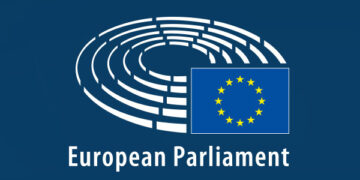




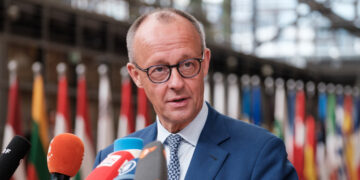


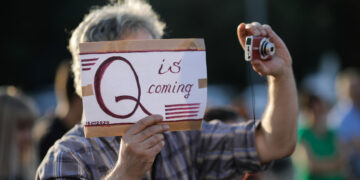

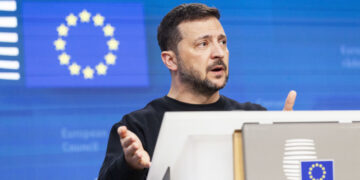










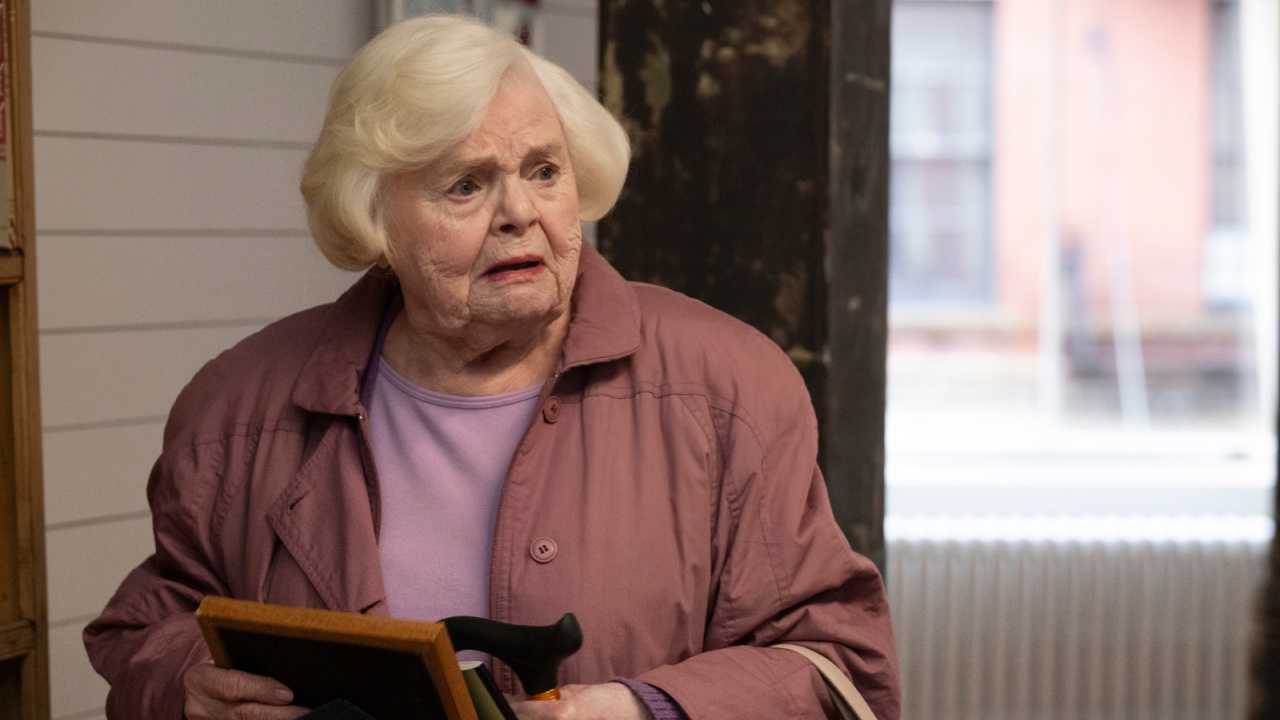
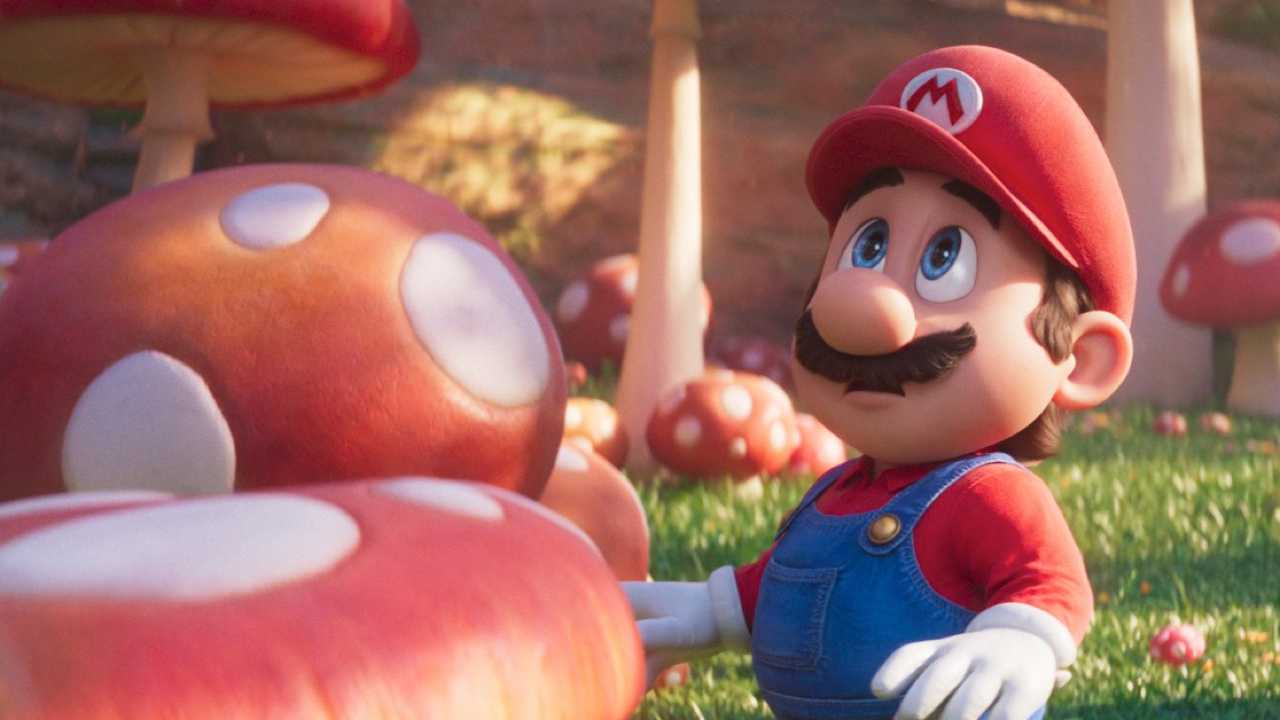
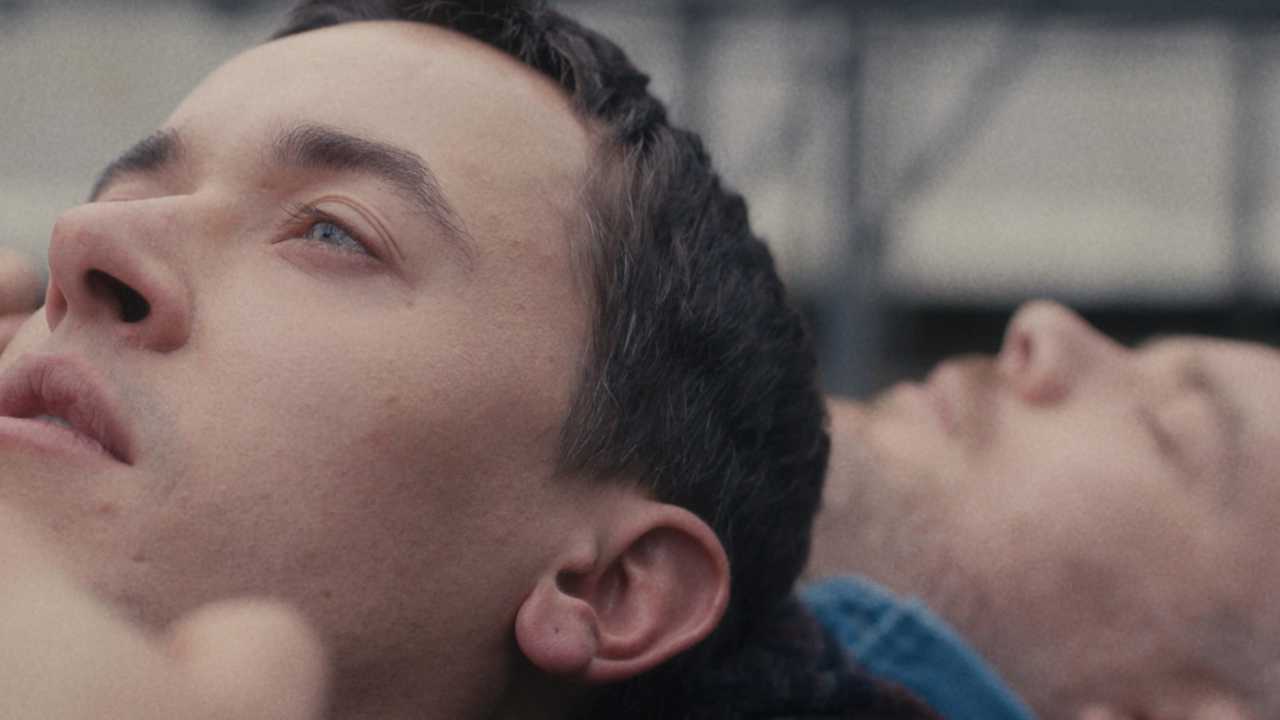

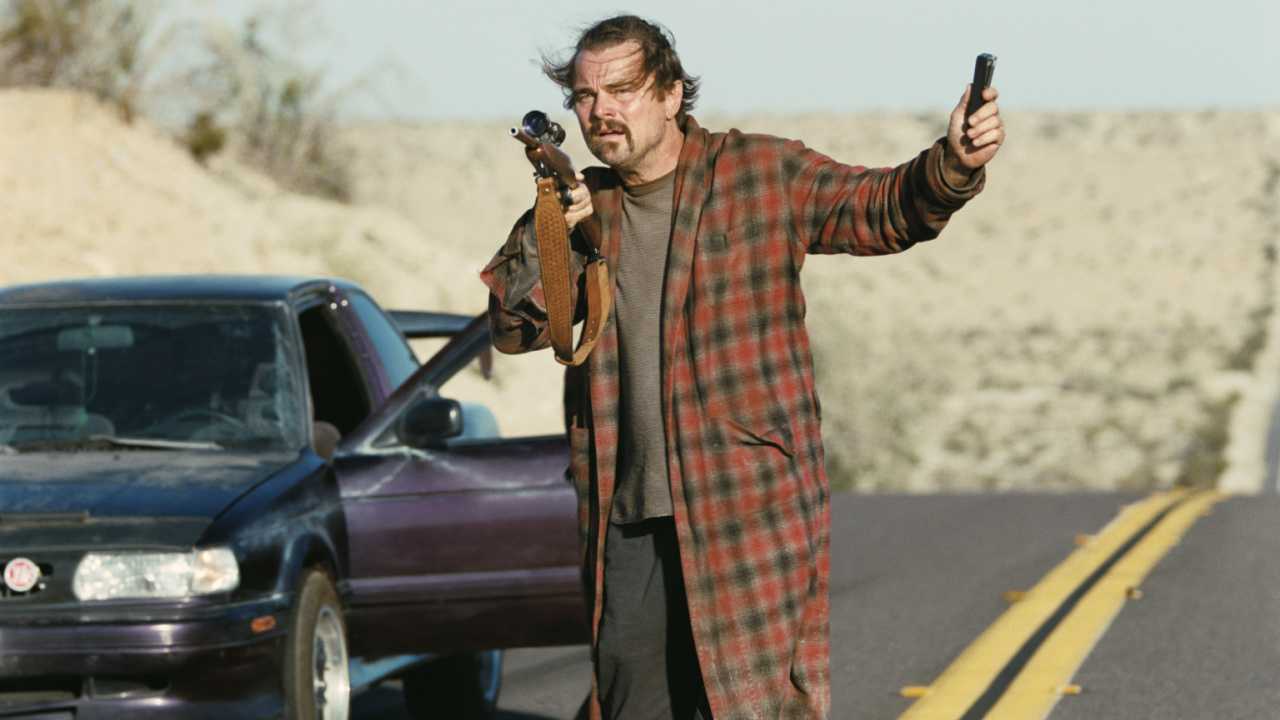






Discussion about this post